Description
Hot and Cold Mirrors are essential optical components designed to manage light and heat in various applications. These mirrors are crafted with precision to either reflect or transmit specific wavelengths, making them invaluable in environments where temperature control and light management are critical. The use of high-quality Borosilicate type glass ensures that these mirrors can withstand high temperatures, enhancing their durability and performance.
Hot Mirrors are specifically engineered to separate visible light from heat by reflecting infrared radiation. This capability is particularly useful in applications where it is necessary to maintain a cool environment while still allowing visible light to pass through. The preferred angle of incidence (AOI) for optimal performance is 0º. Hot mirrors typically offer an average transmission of 85% within the 420-700nm wavelength range, while reflecting over 95% of infrared light in the 800-1000nm range.
Cold Mirrors, on the other hand, are designed to reflect visible light while allowing heat to pass through via transmission. This makes them ideal for applications where it is crucial to remove heat while maintaining high visibility. The optimal AOI for cold mirrors is 45º. They provide an average transmission of over 85% for wavelengths between 800-1200nm and reflect more than 95% of visible light in the 400-700nm range.
Both hot and cold mirrors are available in various sizes and configurations, with custom options available to meet specific requirements. Their dielectric multilayer coatings and precise manufacturing ensure high performance and reliability. Whether you need to manage heat or light, these mirrors offer a robust solution tailored to your needs.
Hot Mirror MC0-50.8
Specifications
| Diameter: | 50.8 mm |
|---|---|
| Thickness: | 3.3 mm |
| Surface Flatness: | lambda/2 |
| Surface Quality: | 80-50 scratch-dig |
| Transmission: | 85 % |
| Reflection: | 90 % |
| Transmission Range: | 425 – 700 nm |
| Reflection Range: | 750 – 1050 nm |
Features
- High Transmission for Visible Range: Hot mirrors provide high transmission for wavelengths between 420-700nm, ensuring clear visibility.
- High Reflection for Infrared: Hot mirrors reflect infrared light effectively, with R>95% for 800-1000nm and R>50% from 735-1080nm.
- Heat Removal: Designed to separate visible light from heat, hot mirrors efficiently remove heat by reflection.
- Borofloat® Type Glass: Constructed using Borosilicate type glass, allowing operation in high-temperature environments.
- Dielectric Coating: Both hot and cold mirrors feature a dielectric multilayer coating for enhanced performance.
- Angle of Incidence (AOI): Hot mirrors operate optimally at an AOI of 0º, while cold mirrors perform best at 45º.
- Custom Configurations Available: Mirrors can be customized to meet specific requirements and configurations.
- Cold Mirrors High Reflection: Cold mirrors reflect visible light with R>95% for 400-700nm, ensuring excellent light reflection.
- Cold Mirrors High Transmission: Cold mirrors transmit infrared light effectively, with T>85% for 800-1200nm.
Applications
- Projection Systems: Enable heat management by separating visible and infrared light.
- Medical Illumination Devices: Provide bright, heat-free illumination for surgical and diagnostic use.
- Optical Instruments: Improve system performance by minimizing unwanted thermal effects.
- Imaging and Display Technologies: Enhance brightness and clarity in projectors and display systems.
- High-Power Lighting Systems: Maintain optical efficiency while managing heat loads.
- Custom Optical Designs: Tailored configurations for research, industrial, and scientific applications.
Frequently Asked Questions
What is a hot mirror used for?
How does a hot mirror accomplish separating visible light from heat?
What is the most common wavelength range for transmission through a hot mirror?
What is a cold mirror used for?
What is the most common wavelength range for transmission through a cold mirror?
Similar Products
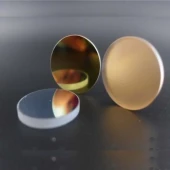
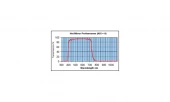
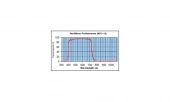
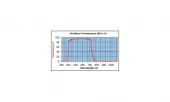
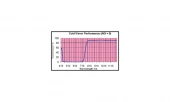

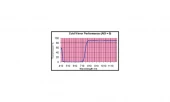

Your inquiry has been received.
Create an account by adding a password
Why create an account?
- Auto-complete inquiry forms
- View and manage all your past messages
- Save products to your favorites
- Close your account anytime — no hassle
